Spathiphyllum profusely flowering: description of the plant, planting and care
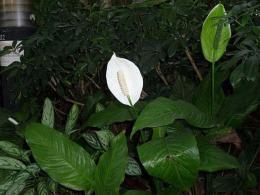
Among all the indoor plants spathiphyllum the profusely flowering plant stands out for its modest laconicism. Its appearance fits perfectly into almost any interior. If you create conditions for the plant that are close to it in the wild, then, if desired, even a novice gardener can grow it.
Content:
- Spathiphyllum profusely blooming, botanical description of the flower
- How to plant and grow a flower of female happiness at home
- How to care for spathiphyllum profusely blooming
Spathiphyllum profusely blooming, botanical description of the flower
In the wild, the main natural habitat of spathiphyllum is the tropics of South and Central America. The plant can mainly be found in countries such as:
- Mexico
- Peru
- Brazil
- Colombia
- Venezuela
In addition, the flower lives in the humid forests of island countries with a tropical climate such as the Philippines, Sulawesi and the Solomon Islands. The name Spathiphyllum is associated with the appearance of the inflorescence. Since the word is translated from Greek as a leaf and a blanket, it can be assumed that the leaf in the form of a blanket covers the inflorescence spathiphyllum.
The plant belongs to the genus Spathiphyllum from the Araceae family. Life form - perennial flowering herbs. In the wild, it prefers to inhabit damp and even swampy places, and also grows along the banks of reservoirs. The plant is an epiphyte, has a shortened rhizome and does not have a stem.
Leaves on long petioles grow in a bunch directly from the rhizome. The petiole is elongated, the leaves are oval, the leaf blades are entire with clearly visible venation.
The length of the peduncle is almost always equal to the length of the leaf petioles. The inflorescence spadix is covered with a long oval white blanket. The plant was discovered and described in the 19th century by the German botanist Gustav Wallis (Waliss).
Subsequently, one of the species was named in his honor - Spathiphyllum Walliss. The flower appeared in Europe in 1824. However, the peak of the plant’s popularity begins only in the second half of the 20th century. The plant began to be grown as a potted crop. Because of its white cover, it began to be called the peacemaker lily. And in Russia they gave it the popular name women's happiness.
How to plant and grow a flower of female happiness at home
Taking into account the fact that Spathiphyllum grows in the wild in fairly humid places, it also needs high humidity indoors. Temperature This plant can be described in just one word - warmth. The flower will be comfortable at a temperature of + 20 + 24 degrees. In winter, it can grow at + 16 +18 degrees. But at temperatures below + 15, the plant can get sick and even die.
There should be no drafts in the room where the pot of female happiness will be placed. The plant does not tolerate direct sunlight, its leaves are burned, so it is better to choose a place where the light will be diffused. You can make your own soil for Spathiphyllum. To do this you need to mix in equal parts:
- sand
- humus
- peat
- leaf soil
- sod land
You can add a small amount of charcoal to the soil.A seedling obtained by dividing a bush or a young plant is suitable for planting and growing. You can buy it at a flower shop. The pot must match the size of the plant. At the bottom of the container you need to provide holes and place any drainage material.
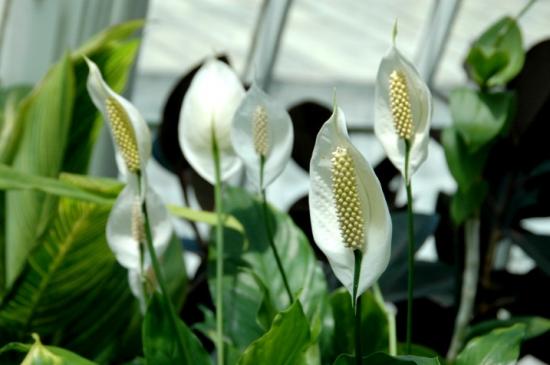
Broken brick or expanded clay will do. The drainage layer is sprinkled with half of the prepared soil. Install the seedling and add the remaining soil so that the rhizome is covered with soil. Everything is slightly compacted. After which the flower is watered. In the future, “women’s happiness” requires simple but regular care.
How to care for spathiphyllum profusely blooming
Watering and fertilizing
The plant does not tolerate complete drying out of the earthen clod, but a constant excess of moisture is contraindicated for it. In summer, you can not only water the plant with warm water, but also periodically place it in a tray with water. The plant responds well to a warm shower.
If the leaves of a plant droop, this indicates a lack of moisture. Sometimes yellowing and drying of the edges of leaf blades can be a sign of waterlogging. In this case, you need to make watering more rare. This also applies to winter. In winter, watering can be reduced. If some of the leaves dry out during the winter, you just need to remove them.

After watering, an adult plant can be fed with any fertilizer for flowering indoor plants. Feeding is carried out in the warm season once every 10 days. With good care, the plant quickly masters the pot and requires replanting.
Transplanting a plant
It is advisable to carry out the transplantation procedure in the spring. If you do not plan to divide the bush when replanting, then you need to take a pot of such a volume that it corresponds not only to the underground, but also to the above-ground part of the plant.The container is first filled with drainage material, add priming, install the plant and fill the underground part with the remaining soil.
Important! Spathiphyllum profusely blooms well to purify the air in residential areas. If care for “female happiness” is organized correctly, then this plant blooms profusely for several months.
Spathiphyllum care and propagation on video:


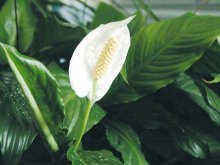





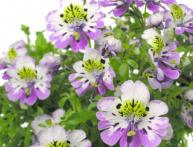
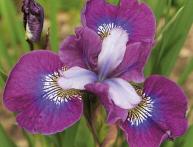

Comments
This flower is also called “women’s happiness.” Believe it or not, after many years of trying to get pregnant, it happened when I was given a spathiphyllum, and it bloomed.
We grew such a flower and even bloomed several times, then my mother’s friend came to visit us and we gave it to her, she is a big fan of indoor plants and really loves such “sail” blooms.
Gave me this flower for my birthday. It bloomed and grew well. After replanting, for some reason the tips of the leaves began to dry out and stopped blooming altogether. It seems that I did everything as indicated in this article, anyone who has encountered this can help with advice.